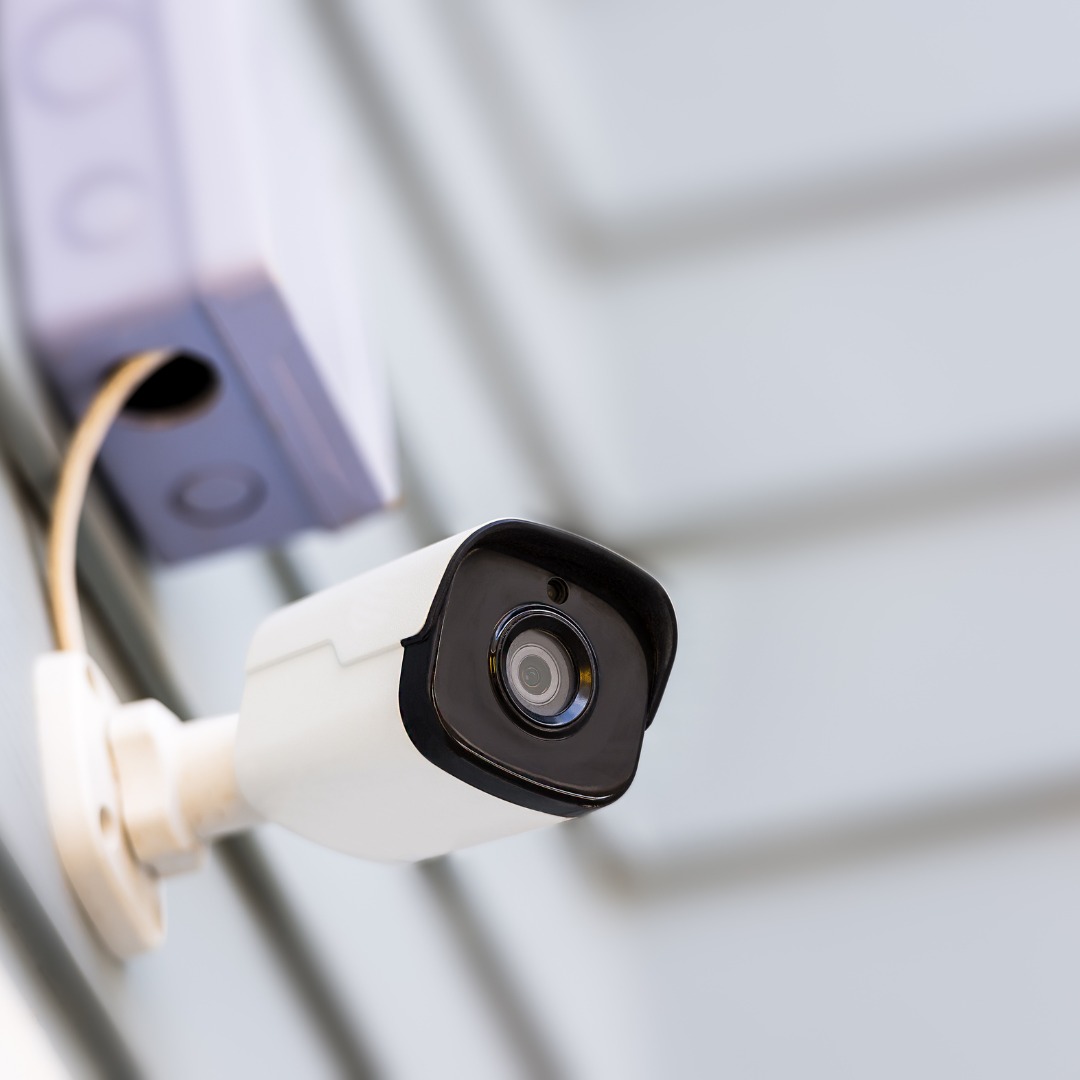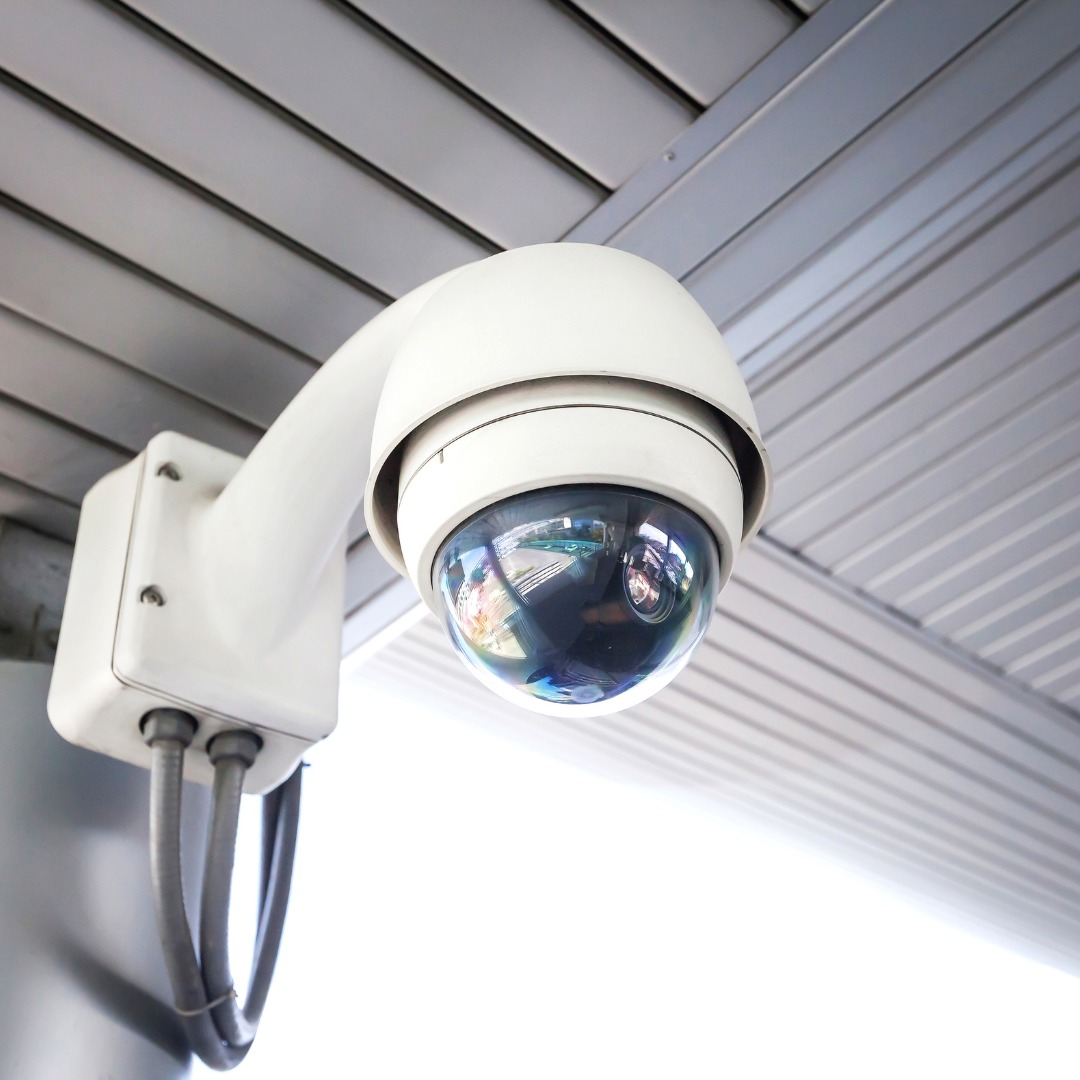Surveillance System
A sense of safety and security is bad for a person’s health, and a single break-in can hurt not only the victim’s finances but also their mental and emotional health for a long time.
Most thefts, break-ins, and burglaries happen because thieves and burglars know no one is watching them and they can do whatever they want and get away with it.
But what if there was a way to always keep an eye on your property to make sure it stays safe from the constant threat of attacks? Well, there’s good news: there is!
People have been using security cameras and surveillance cameras to keep criminals away for a long time, and they are very good at what they do. Security cameras, also called CCTV (Closed-Circuit Television) cameras, are independent security systems that record images and videos and send them from one place to a recorder (DVR) either digitally or with cables and wires.
IP Cameras
Internet Protocol Cameras, or IP cameras as they are sometimes called, are a type of digital video camera that can send and receive data over a network or the internet. It works in a way that is similar to how a camera does. It works on its own and has its own IP address, so it can’t be compared in any way to a regular webcam. To move pictures from one place to another, all you need is a connection to the network. An IP camera can connect to a network, just like a notebook computer, tablet computer, or printer can.
IP cameras work in a similar way to digital cameras in that they take pictures. However, the data that IP cameras produce is compressed before being sent over a network. IP cameras can be connected to a network through an ethernet cable that is plugged into a broadband modem or router, or they can be connected wirelessly through a WiFi router. In either case, they can be used to keep an eye on a place. The user can choose between both of these options.


Analog Cameras
The vast majority of older analogue cameras, which are also commonly referred to as security cameras, transmit video in a quality that is referred to as standard definition, or SD for short. Analog cameras also have the capability of sending still images. The information that these cameras acquire is typically transmitted by coaxial cable the vast majority of the time.
The vast majority of people are under the impression that Internet Protocol cameras represent a more cutting-edge form of technology when compared to its analogue forebears (IP). The video that you receive from analogue security cameras is often of the standard definition (SD), whereas the video that you receive from IP security cameras is of the high definition (HD). Additionally, a coaxial connection and a specialized power cable are required for these cameras in order for them to be able to communicate data. You are exempt from adhering to these guidelines if you record with IP cameras. On the other hand, they have a strong reputation for being long-lasting and have been the primary component of video surveillance for a considerable amount of time.
